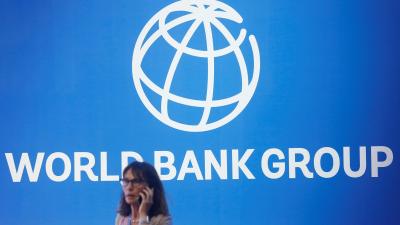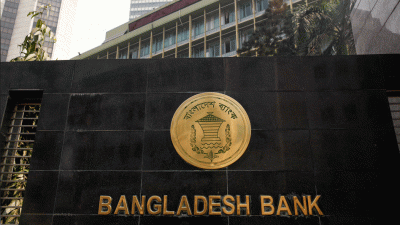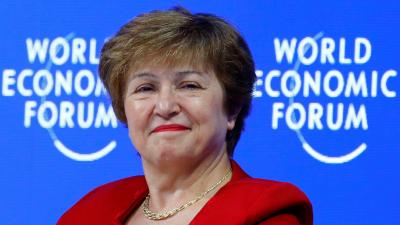 The current global reserve of renewable fossil fuel will last around 100 years. Specialists say that after that, we will have to rely on green fuel. With the current rate of fossil fuel usage, oil, gas and coal reserves will be exhausted by 2050, 2060 and 2088 respectively.
The current global reserve of renewable fossil fuel will last around 100 years. Specialists say that after that, we will have to rely on green fuel. With the current rate of fossil fuel usage, oil, gas and coal reserves will be exhausted by 2050, 2060 and 2088 respectively.
For Bangladesh, there is alarming news; without new reserves, there won’t be any gas left after 2030. Since coal mines are too deep, possibility of new coal finds are nil and, we don’t have any oil reserves as yet.
Therefore, Bangladesh is tilting towards import; in 2016-17 fiscal, 68 lakh 41 thousand metric tonnes of fuel were imported. LNG or liquid Natural Gas is also being imported and, next year, Bangladesh will import 1500 million cubic feet of LNG every day.
Energy specialist, Shamsul Alam, said: “most countries are moving towards renewable energy by inventing new technology and through reducing the cost.”
Bangladesh must have a coordinated renewable energy plan, he added.
Work has already begun with the completion of wind mapping in Bangladesh. The assessment states that by using wind power, Bangladesh can produce 10 thousand megawatt electricity in the coastal areas.
Wind mapping result shows that in nine areas of Bangladesh, the average wind force is 5-6 metres per second, which has been termed ideal by the American National Renewable Energy Laboratory, NREL.
Member of the oil-gas-port-natural resources preservation committee, Anu Mohammad, said: “China, India and European nations are carrying out research on renewables and, instead of relying on foreign companies, Bangladesh should increase capacity in this sector.”
In the future, energy security in Bangladesh will be defined by solar power; the government has planned to extensively establish solar power plants across the country.
The price of solar power is also falling, the initial plan to sell per unit at Tk. 20 has now come down to Tk. 10.
Energy expert, B.D. Rahmatullah says: “to meet power demands, Bangladesh can also look at hydroelectricity.”
Saying that it won’t be possible for Bangladesh to produce hydropower on her own, he suggested a South Asian cooperation for producing hydropower.
A hydropower MoU will be signed between Bangladesh and Nepal today, on 10 August.
Meanwhile, an Indian company called GMR, producing power in Nepal, has proposed to sell 500 megawatt of power to Bangladesh.
In importing hydropower, Bangladesh can look to both Nepal, which has capacity to manufacture 30,000 megawatt of hydropower, and Bhutan.
On the other hand, Chinese companies have signed deals with Myanmar to produce hydropower. Bangladesh may explore possibilities to develop a hydropower manufacturing agreement with Nepal, Bhutan and Myanmar.
MD of Powercell, Mohammad Hossain, said: “Till 2041, Bangladesh will run with coal, LNG, oil and nuclear power and, if by this time we find oil or gas in the oceans, then our condition will improve.”
The period after 2041 is uncertain; we cannot say with conviction how way technology will progress.
 Business
Business
30868 hour(s) 45 minute(s) ago ;
Evening 11:39 ; Wednesday ; Apr 24, 2024
Fossil fuel finite in Bangladesh, South Asian hydropower platform crucial
Send
Shanchita Shitu
Published : 07:45, Aug 11, 2018 | Updated : 12:27, Aug 11, 2018
Published : 07:45, Aug 11, 2018 | Updated : 12:27, Aug 11, 2018
0 ...0 ...
/tf/
Topics: Top Stories
- KOICA donates medical supplies to BSMMU
- 5 more flights to take back British nationals to London
- Covid19: Rajarbagh, Mohammadpur worst affected
- Momen joins UN solidarity song over COVID-19 combat
- Covid-19: OIC to hold special meeting
- WFP begins food distribution in Cox’s Bazar
- WFP begins food distribution in Cox’s Bazar
- 290 return home to Australia
- Third charter flight for US citizens to return home
- Dhaka proposes to postpone D8 Summit
Unauthorized use of news, image, information, etc published by Bangla Tribune is punishable by copyright law. Appropriate legal steps will be taken by the management against any person or body that infringes those laws.
Bangla Tribune is one of the most revered online newspapers in Bangladesh, due to its reputation of neutral coverage and incisive analysis.
F R Tower, 8/C Panthapath, Shukrabad, Dhaka-1207 | Phone: 58151324; 58151326, Fax: 58151329 | Mob: 01730794527, 01730794528






